Before I met my eternal spiritual masters, I used to spend a lot of time looking at various books in a “New Age” bookshop in Sydney.There were so many books on astrology, numerology, tarot, the I-Ching, pop psychology and many other topics supposed to give a person insight into their “inner self.” It was only upon meeting Srila Bhaktivedanta Swami and then Jagad Guru Siddhaswarupananda, that I was able to understand that it was not possible to properly know who I am without knowing my intimate eternal relationship with God.
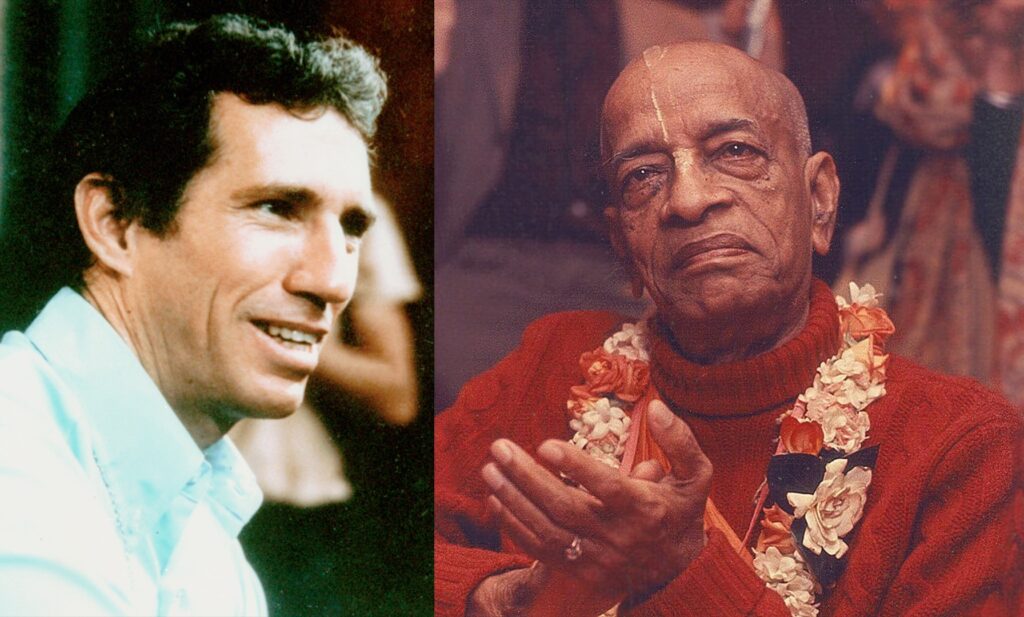
We do not claim that these systems of “divination” such as astrology, numerology, tarot cards, palmistry etc. are “satanic arts” or “of the devil” as some would claim. Astrology, for instance, when applied by an authentic Vedic astrologer, is a science which was traditionally used in Vedic culture to help make decisions in life like determining if a couple were suited to be married etc. Srila Bhaktivedanta Swami has said of astrology:
Astrology is a science. Krshna consciousness has nothing to do with astrology, but it is the general custom that as soon as a child is born the astrologers come. That is the Indian system, Vedic system.
[Bhagavad-gita lecture 24 March, 1974 Bombay]
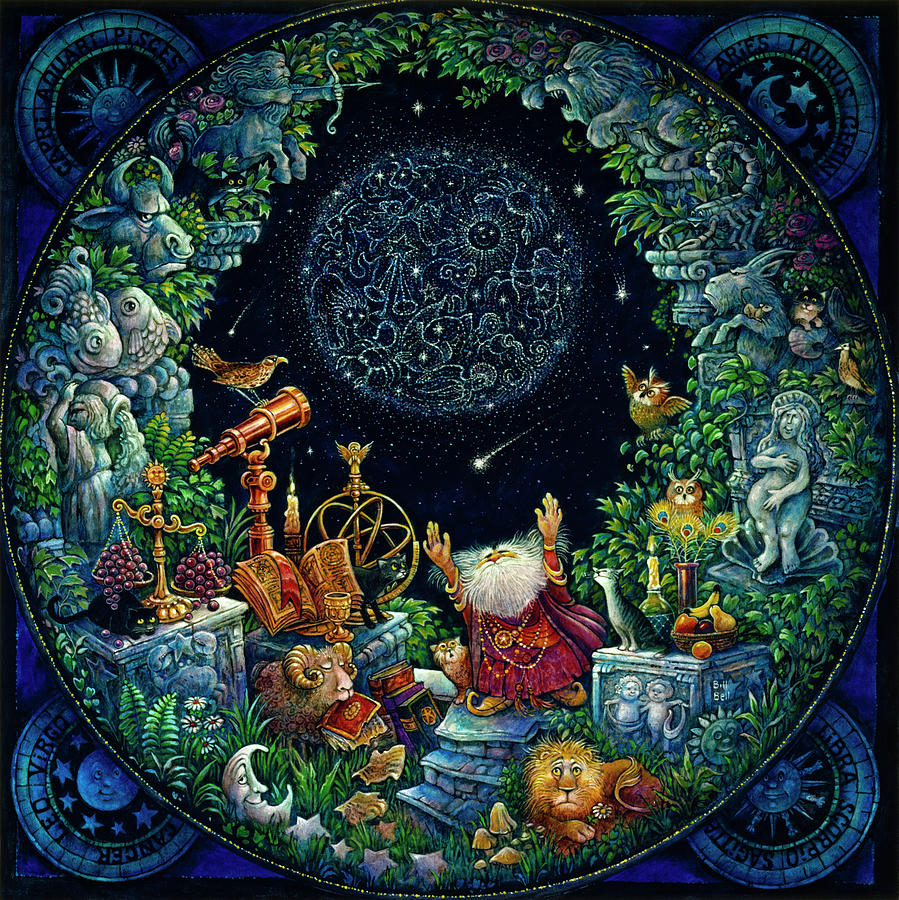
But Srila Bhaktivedanta Swami also said of astrology:
Regarding astrology, you should not listen to any of these so-called astrologers – strictly avoid. Don’t even see them. What is the use of seeing them? Astrology is meant for the materialist, but a spiritualist does not care for the future. Everything is dependent upon Krishna. So where is the necessity of astrology? The devotees’ principle is, let there happen anything as Krishna desires. Let me remain sincere devotee, that’s all. Pure devotee is never interested in this astrology.
[Lecture: Boston, Massachusetts 3 May 1969]
In regards to trying to see into the future, Srila Bhaktivinoda Thakur wrote:
Forget the past that sleeps, and ne’er the future dream at all,
But act in times that are with thee and progress thee shall call!
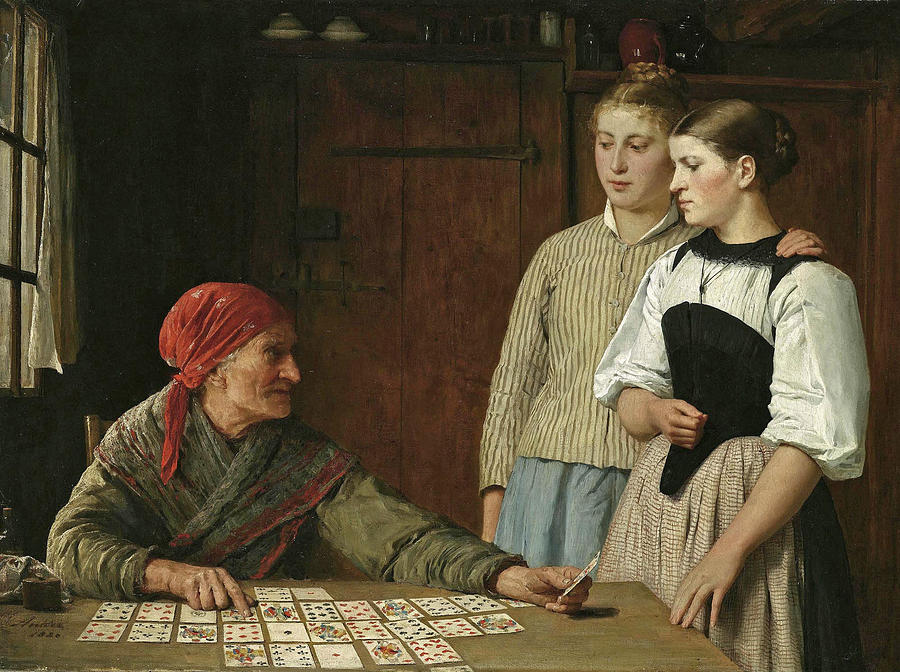
And as far as looking for knowledge about our inner self, these systems of divination are not able to tell us who we really are, as they deal only with the changing qualities we manifest in the material world, and our real identity is spiritual and transcendental to this material world. For instance, due to my past karma and desires, I am born at a particular time when the planets are in a particular alignment. And these astrological or planetary influences will help determine my karma for this lifetime – whether I will be rich or poor, how I will fare in relationships, health, career, my talents, psychology and my conditioned personality traits etc.
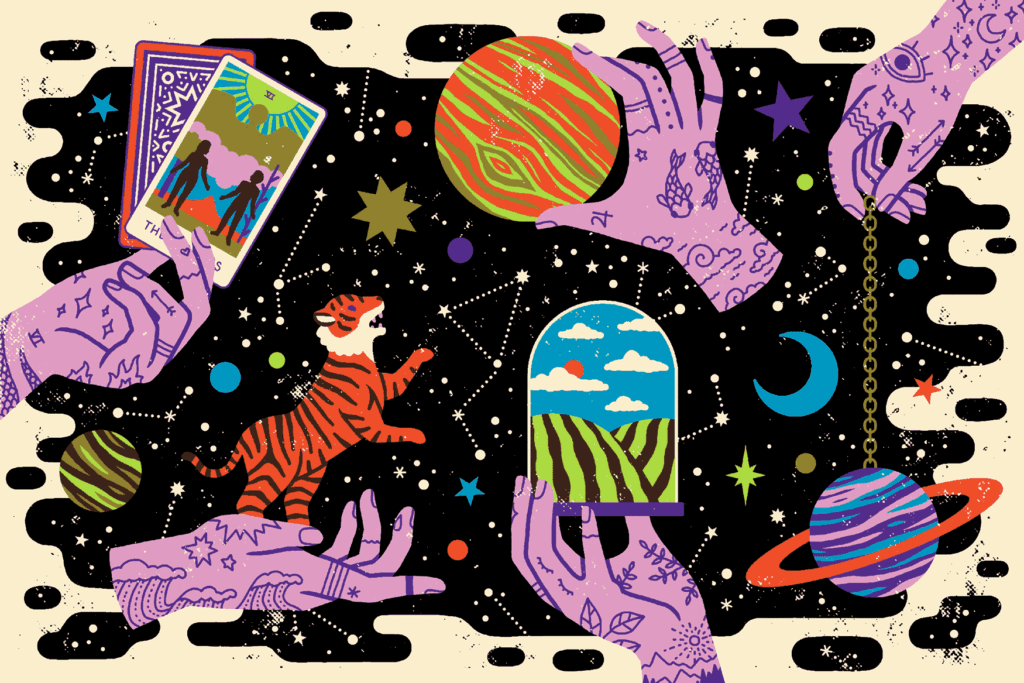
These are all to do with the material body and mind. And I have had innumerable material lifetimes – I have been male, female, human, demigod, animal, plant etc. etc. And each time, my horoscope would be totally different – not that many astrologers do horoscopes of cats and dogs, or fish, or plants and other lower species. And next lifetime, if I remain in the material world, my horoscope will be different again. So these systems do not reveal my true and changeless eternal identity, which is now hidden from view under many layers of material conditioning.
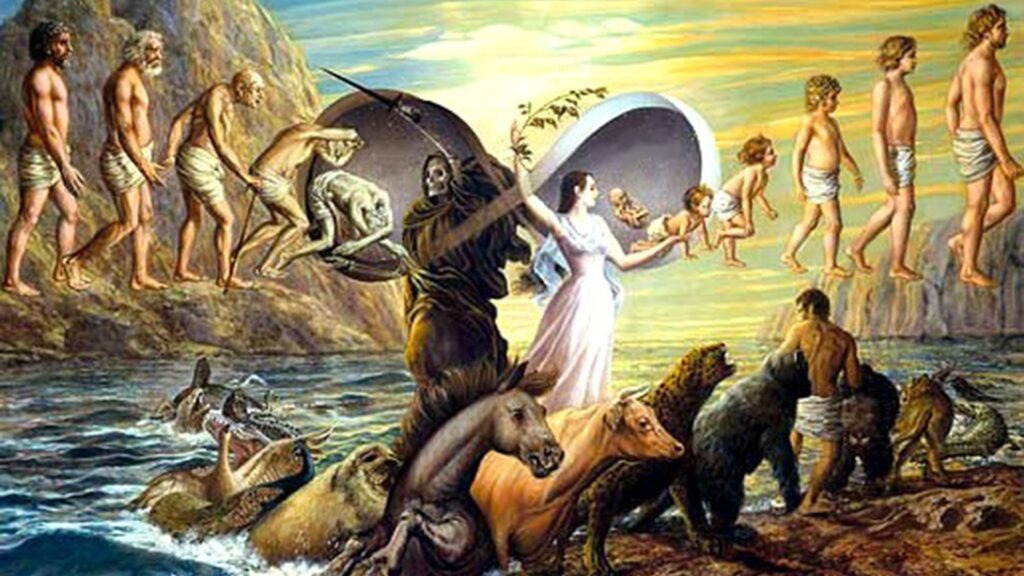
And what about our temporary personality traits which are manifested in this lifetime but are not part of our eternal spiritual identity? If someone sincerely chants the Hare Krishna mantra and other holy names of the Supreme Person, he or she will be given great clarity of vision by the Lord in the heart. As we advance spiritually we become increasingly introspective, and we may not like what we see. Our faults and imperfections become magnified at times until they become unbearable, and we have to pray to the Lord to please take them away. This is part of the purification process, and we don’t need a horoscope, tarot cards or palm reading to be given these insights. For the sincere devotee, Krishna gives us all we need to come to Him:
But those who worship Me with devotion, meditating on My transcendental form – to them I carry what they lack and preserve what they have.
[Bhagavad-gita 9:22]
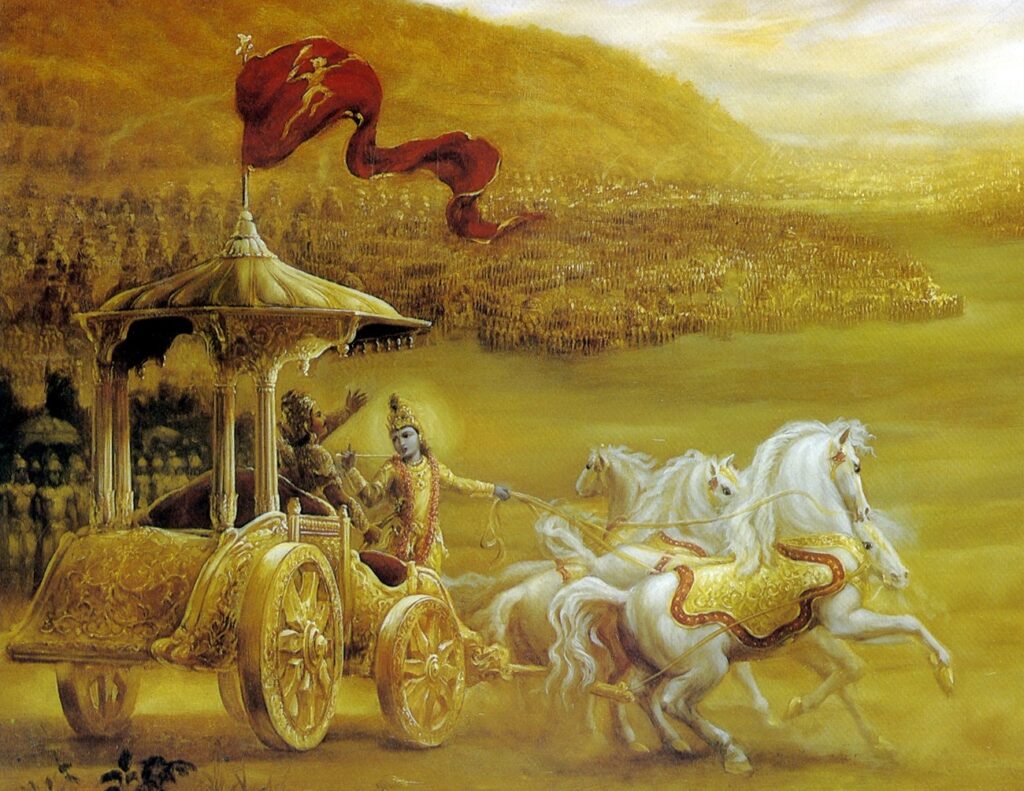
In the preface to the Nectar of Devotion, Srila Bhaktivedanta Swami makes the point that self-realization and realization of Krishna go together simultaneously:
The Nectar of Devotion is not presented to condemn any way of materialistic life, but the attempt is to give information to religionists, philosophers and people in general how to love Krishna. One may live without material discomfiture, but at the same time he should learn the art of loving Krishna. At the present moment we are inventing so many ways to utilize our propensity to love, but factually we are missing the real point: Krishna. We are watering all parts of the tree, but missing the tree’s root. We are trying to keep our body fit by all means, but we are neglecting to supply foodstuffs to the stomach. Missing Krishna means missing one’s self also. Real self-realization and realization of Krishna go together simultaneously. For example, seeing oneself in the morning means seeing the sunrise also; without seeing the sunshine no one can see himself. Similarly, unless one has realized Krishna there is no question of self-realization.
[Srila Bhaktivedanta Swami: preface to the “Nectar of Devotion”]
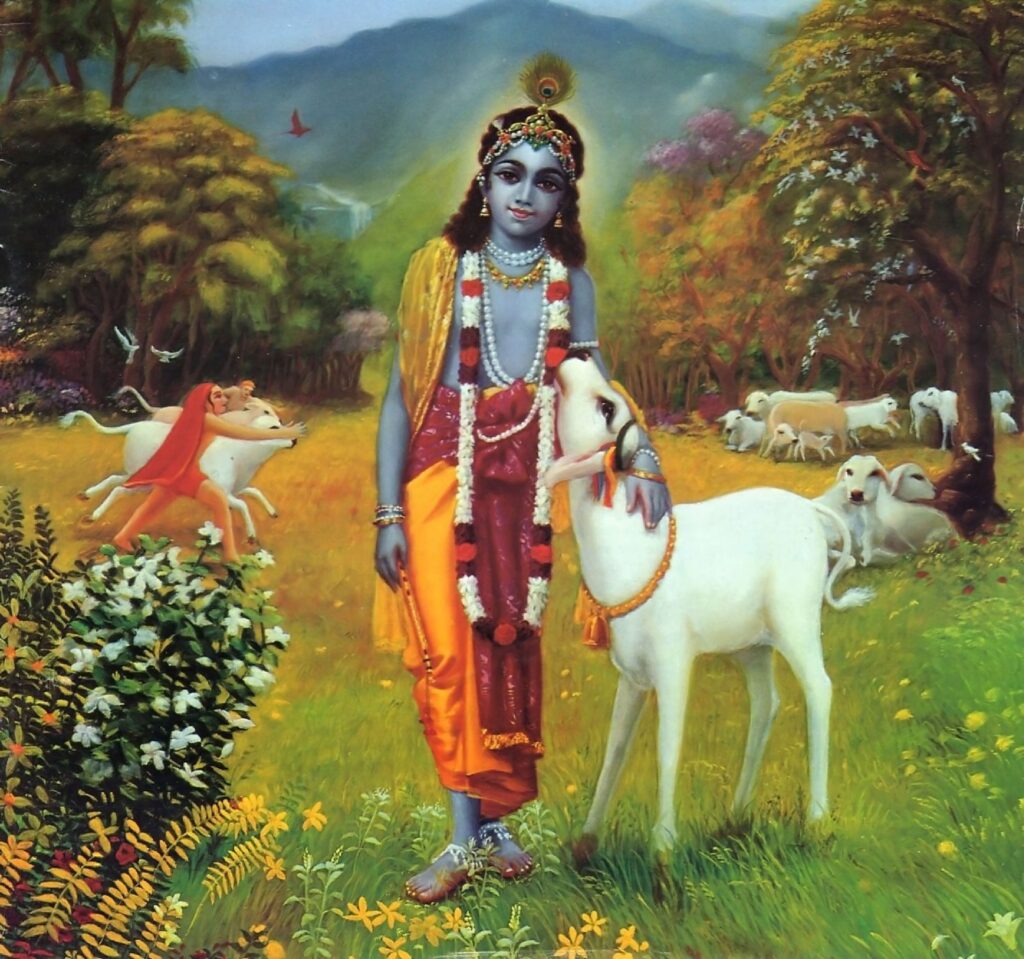
Many people talk about “self-realization” without having any real understanding of what the term means. Or they write books about “Discovering your Inner Self” or “The Key to Self Knowledge” etc. etc. without any mention of a person’s relationship with God. We cannot separate someone’s identity from their eternal relationship with Krishna.
As an example, say I am friends with a married couple named George and Betty. If I met someone and mentioned George to him, and that person replied, “Yeah, George, I know him really well. We’re best mates!” But then I might say, “Oh, so you’d know Betty then?” If he was to reply, “Who’s Betty? – never heard of her,” then we would know that he doesn’t really know George, not intimately, because it is impossible to separate a person from those who are dear to them. So, we would assume then that this was perhaps a business associate, or someone who had some superficial dealings with George, but not someone with whom George closely associated, who came to his home or with whom George shared his real life or revealed what is dear to him.

In a similar way, I cannot really know myself without knowing my swarup, my eternal spiritual form, and this form is determined by the rasa, the flavour of my relationship I share with the Supreme Person. Jesus said:
My Father’s house has many rooms.
[John 14:2]
This analogy refers to the different types of relationship that we can have with God. The various mellows or rasas – the different types or flavours of relationship a liberated person can share with Krishna – such as servitorship, friendship, parental affection and conjugal love etc. – are described in great detail in the “Nectar of Devotion,” a wonderful book written by His Divine Grace A.C Bhaktivedanta Swami Prabhupad. This book is a summary study of the Bhakti-rasamrta-sindhu, written 500 years ago by Srila Rupa Goswami.
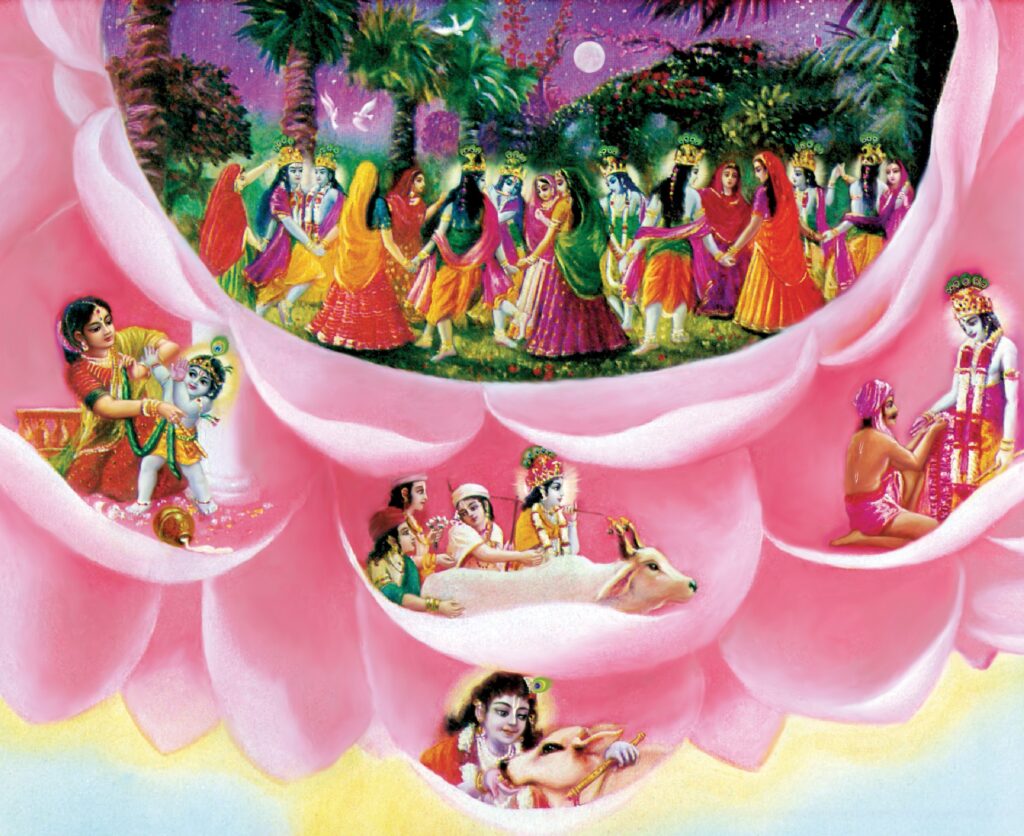
Each of us has an eternal relationship with God, and self-realization means to uncover this relationship. So, the beginning of this process is to understand “aham brahmasmi” – I am spirit not matter. But rather than thinking that this means that I am the Supreme Brahman, the Supreme Spirit or God, we also need to understand “nitya swarup Krishna das” – I am the eternal servant of Krishna. To realise our eternal relationship with Krishna is the goal of all true religious processes, and this is known in the Vedas as our “sanatan-dharma.” Sanatan-dharma means the eternal duty or religious function of the living being. Srila Bhaktivedanta Swami says in the Introduction to the Bhagavad-gita:
The English world ‘religion’ is a little different from sanatana-dharma. Religion conveys the idea of faith, and faith may change. One may have faith in a particular process, and he may change this faith and adopt another, but sanatana-dharma refers to that activity which cannot be changed. For instance, liquidity cannot be taken from water, nor can heat be taken from fire. Similarly, the eternal function of the eternal living entity cannot be taken from the living entity.
… We can see that one friend serves another friend, the mother serves the son, the wife serves the husband, the husband serves the wife and so on. If we go on searching in this spirit, it will be seen that there is no exception in the society of living beings to the activity of service. … The shopkeeper serves the customer, and the artisan serves the capitalist. The capitalist serves the family, and the family serves the state in the terms of the eternal capacity of the eternal living being. In this way we can see that no living being is exempt from rendering service to other living beings, and therefore we can safely conclude that service is the constant companion of the living being and that the rendering of service is the eternal religion of the living being.
[Srila Bhaktivedanta Swami: Introduction to the Bhagavad-gita]
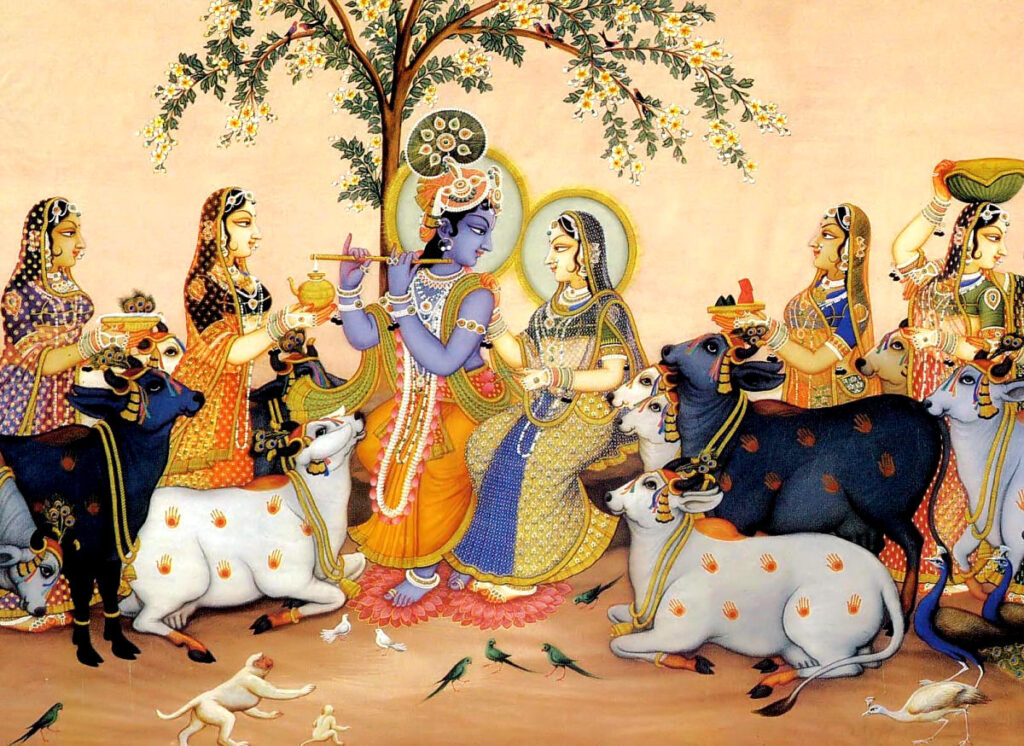
This natural function of the living being of rendering service is meant to be directed towards the Supreme Person:
In the revealed scriptures, the ultimate object of knowledge is Sri Krishna, the Personality of Godhead. The purpose of performing sacrifice is to please Him. Yoga is for realizing Him. All fruitive activities are ultimately rewarded by Him only. He is supreme knowledge, and all severe austerities are performed to know Him. Religion [dharma] is rendering loving service unto Him. He is the supreme goal of life.
[Srimad Bhagavatam 1:2:28-29]
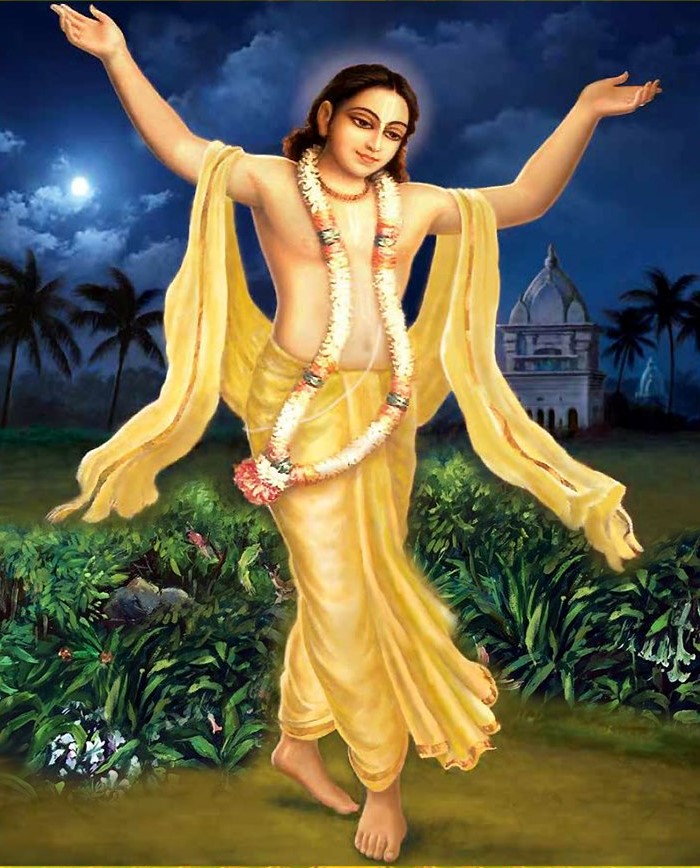
Lord Chaitanya taught:
I am not a brahmana, I am not a ksatriya, I am not a vaisya or a sudra. Nor am I a brahmacari, a householder, a vanaprastha or a sannyasi. I identify Myself only as the servant of the servant of the servant of the lotus feet of Lord Sri Krishna, the maintainer of the gopis. He is like an ocean of nectar, and He is the cause of universal transcendental bliss. He is always existing with brilliance.
[Caitanya-caritamrta Adi 13:80]
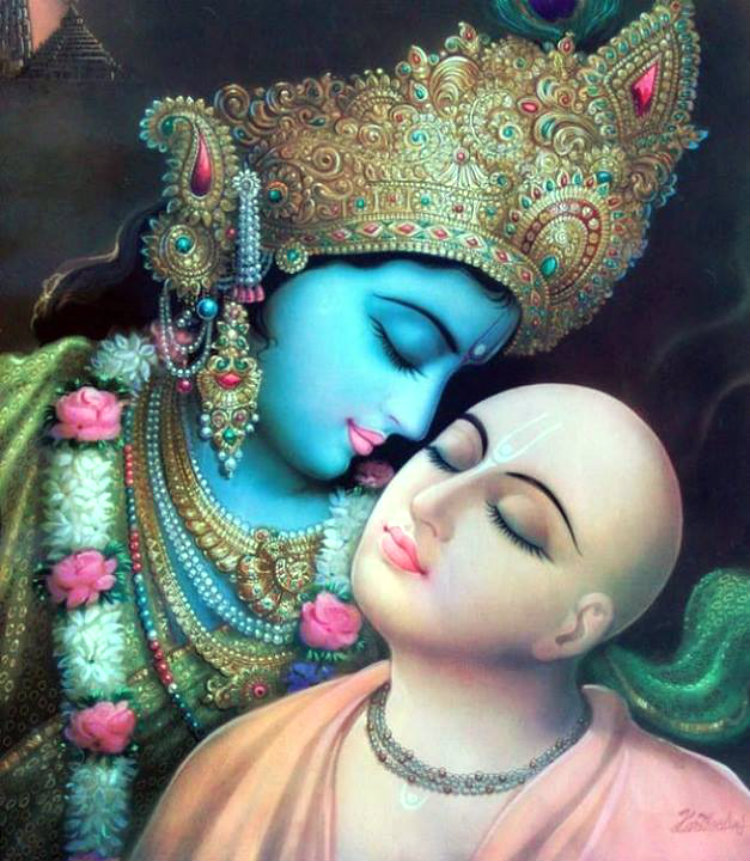
Even in the conditioned state, we can act on this knowledge, follow the sadhana-bhakti process and engage in service to God, especially in the process of hearing and chanting the names and words of God, under the guidance of a completely self-realized spiritual master. And this will gradually clear away all that is inauspicious and undesirable in our hearts and minds, until God sees fit to reveal to us our actual identity, our spiritual form and our eternal relationship with Him. Anyone who is teaching what is purported to be self-realization or spiritual knowledge, who is not mentioning the Supreme Person, has no actual idea of self-realization. All of his so-called wisdom relates to the mundane, temporary body and mind, not to the eternal spirit soul.

Just as Krishna’s form is sat chit ananda – eternal, full of knowledge and always blissful – the individual soul, when restored to her natural condition, is also sat chit ananda by nature – eternal, full of knowledge and always blissful. Krishna means “the All-Attractive One.” All attractive features find fullness in Krishna. He possesses all knowledge, all beauty, all strength, all wealth, all fame, and all renunciation and humility. He is all sweetness and all kindness. He is the reservoir of all attractiveness. The individual living entities, being His parts and parcels, possess these attractive qualities, to a very limited degree in the material world. This attractiveness of the living beings is manifested to a far greater degree in the spiritual realm, though we can never be the equal of Krishna in any way.
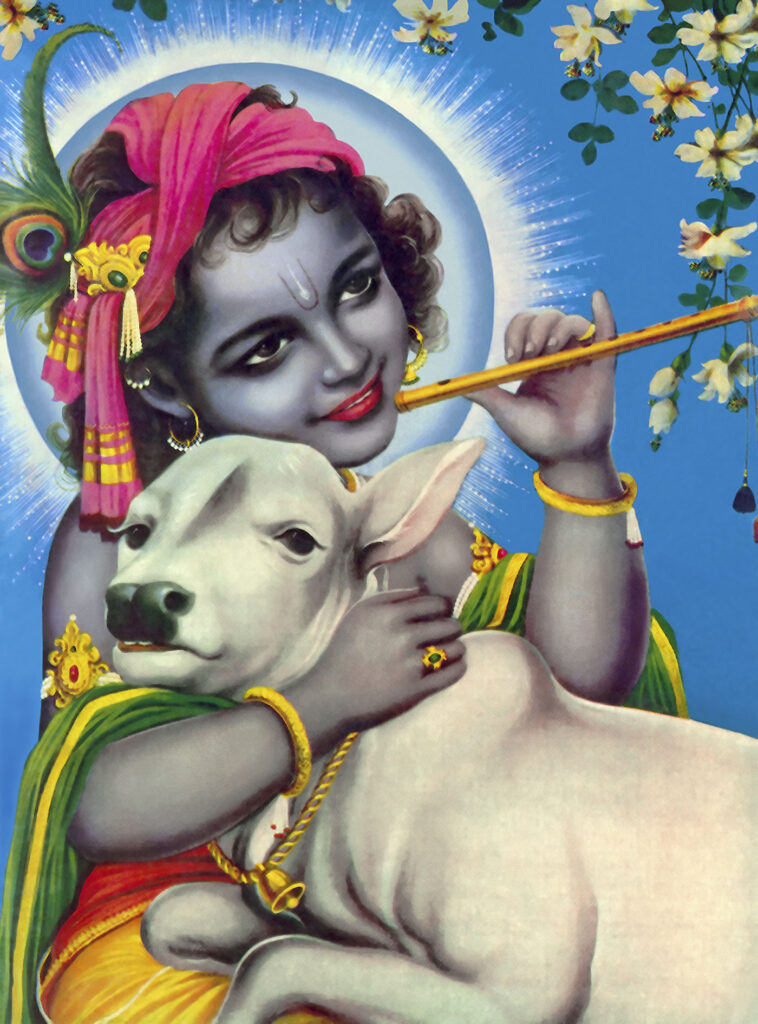
We are like Krishna in quality but not in quantity, for He is infinite, while we are infinitesimal. Just as a drop of sea water is one in quality with the ocean, being wet and salty. But the drop is never equal to the entire ocean in quantity. So we are simultaneously one with and yet different to Krishna. We are one in quality but different in quantity. The more we appreciate Krishna’s attractive qualities, the more we also manifest attractive qualities within ourselves.
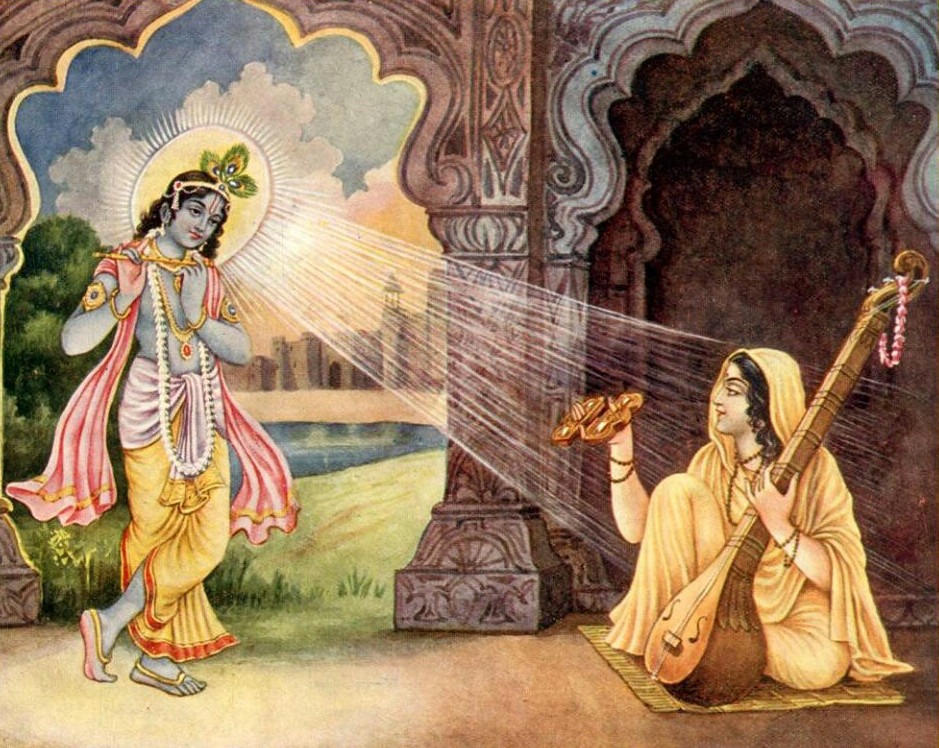
But we must be careful not to try and imagine what our relationship with Krishna is, or try to imitate the activities of liberated souls, for this can ruin our spiritual lives and mislead others. If we are sincerely following the process of devotional service under the guidance of a bona fide spiritual master, then Krishna will reveal our relationship with Him when our love and humility make us worthy, and when He is pleased to do so. We are warned in the Nectar of Devotion not to try to imagine we are already in a particular relationship with Krishna, or to imitate the activivities of great liberated souls:
No one should claim his eternal relationship with Krishna unless he is liberated. In the conditioned state of life, the devotees have to execute the prescribed duties as recommended in the codes of devotional service. When one is mature in devotional service and is a realized soul, he can know his own eternal relationship with Krishna. One should not artificially try to establish some relationship. In the premature stage it is sometimes found that a lusty, conditioned person will artificially try to establish some relationship with Krishna in conjugal love. The result of this is that one becomes prakrta-sahajiya, or one who takes everything very cheaply. Although such persons may be very anxious to establish a relationship with Krishna in conjugal love, their conditioned life in the material world is still most abominable. A person who has actually established his relationship with Krishna can no longer act on the material plane, and his personal character cannot be criticized.
[“Nectar of Devotion” p.316-317]
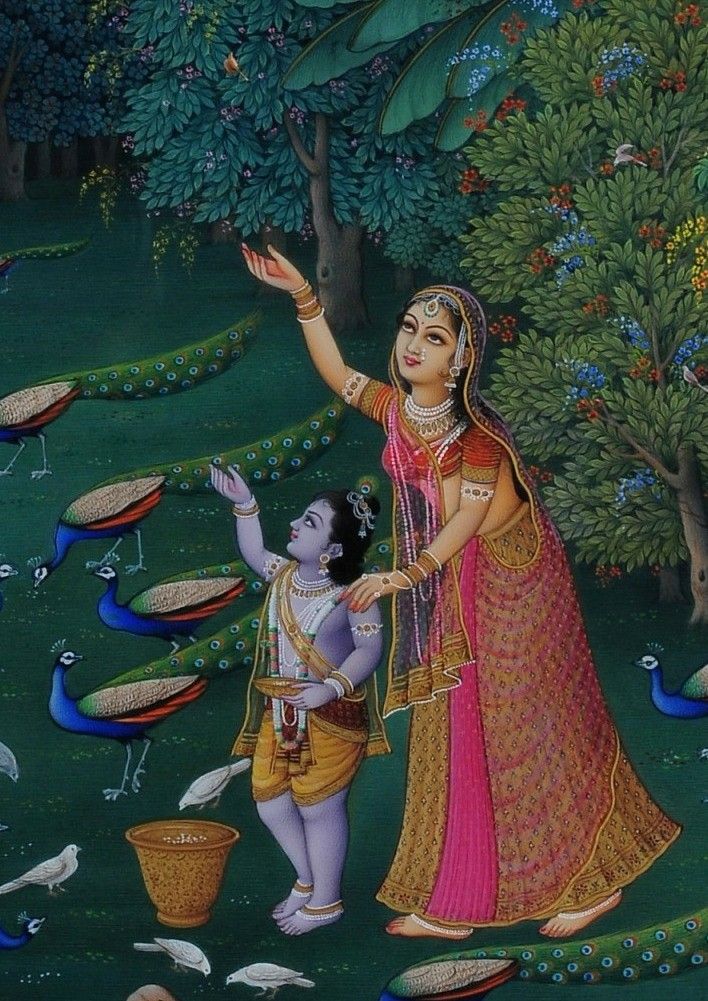
Laulyam Lalasamayi: Desire and Great Eagerness
… This desiring some perfectional stage in spiritual life is not sense gratification. When one realizes something of his constitutional relationship with the Supreme Personality of Godhead, he understands his original position and wants to be reinstated in this position, either as friend, servant, parent or conjugal lover of Krishna. That is called ‘lalasamayi,’ or very eagerly desiring to go to one’s natural position. This lalasamayi stage of submission comes in the stage of perfect liberation, which is technically called “svarupa-siddhi,” when the living entity understands, by perfect spiritual advancement and revelation, his relationship with the Lord. …
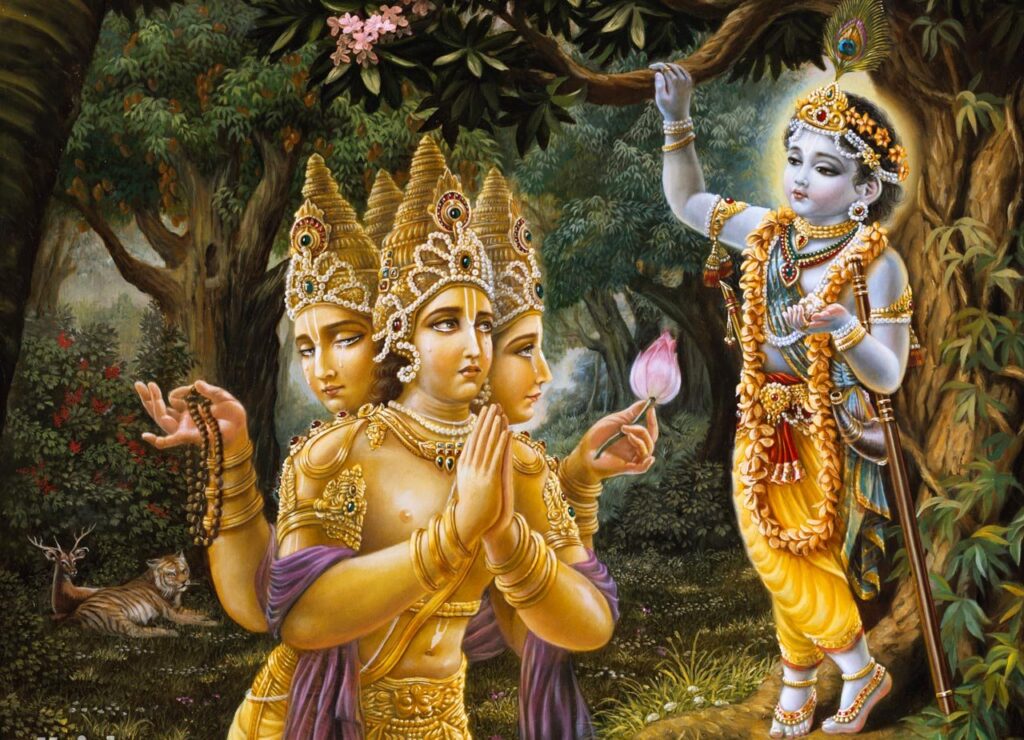
One should feelingly pray and become eager to render his particular type of service to the Lord. This is the teaching of all great devotees, especially Lord Chaitanya. In other words, one should learn how to cry for the Lord. One should learn this small technique and he should be very eager and actually cry to become engaged in some particular type of service. This is called “laulyam,” and such tears are the price for the highest perfection.
If one develops this laulyam, or excessive eagerness for meeting the Lord in a particular way, that is the price to enter into the kingdom of God. Otherwise, there is no material calculation for the value of the ticket by which one can enter the kingdom of God. The only price for such entrance is this laulyam lalasamayi, or desire and great eagerness.
[Srila Bhaktivedanta Swami: Nectar of Devotion p.81,83]
Anyone who has sincerely followed the sadhana-bhakti process, particularly regularly chanting the holy names of Krishna, will have to accept that they have made some progress when they compare their life today with their previous existence. But we should not become complacent in recognising this advancement that has been made. Perhaps we still have a long way to go. A devotee doesn’t ever rest on his laurels, but is always endeavouring to increase his love, surrender and service to the Lord.
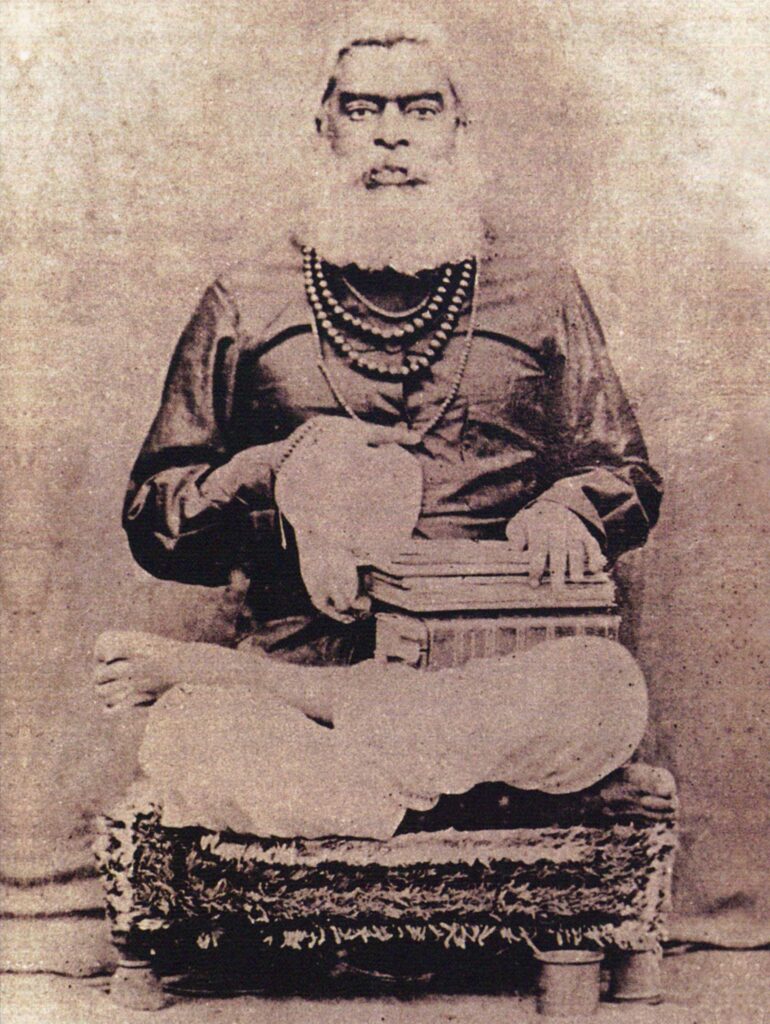
Although self-realized devotees of the Lord will not normally discuss or reveal their swarup and confidential relationship with Krishna to those without the spiritual vision to be able to see such wonderful things for themselves, occasionally a great devotee will reveal such intimate confidential information in the hope that it will inspire others to go further, to uncover their own transcendental relationship with the Lord. In some of his beautiful transcendental writings, Bhaktivinoda Thakur has very kindly described the process by which a pure soul is given entrance into the transcendental realm, and has their spiritual relationship with Krishna revealed to them.

One early morning when the crimson rays of the sun were tingeing the eastern horizon with their purple hue, Paramahamsa Babaji sat down in his Madhavi-grove with his rosary, keeping count of his beads, his eyes overflowing with profuse tears of love arising from the recollection of the transcendental pastimes of the Divine Couple, Sri Radha-Krishna, when They were about to be separated from each other, and he began to lose his consciousness, deeply absorbed in his confidential service with his spiritual body.
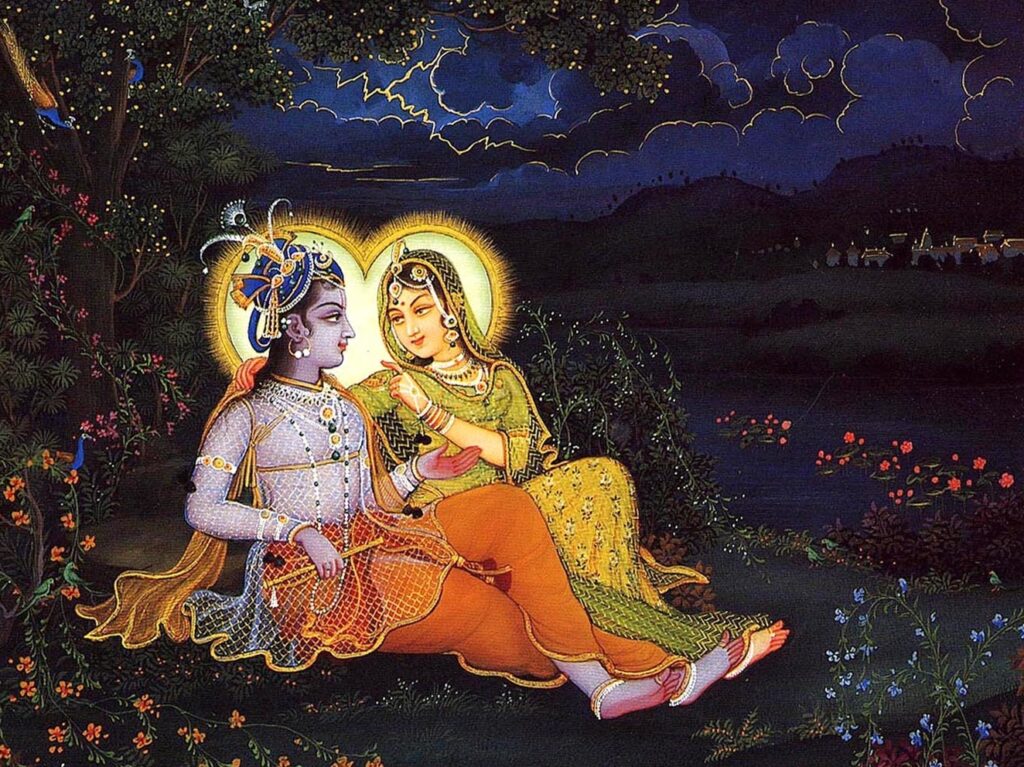
The Sanyasi Thakur, who was close by, was deeply impressed with those Sattvik (of pure goodness) sentiments of Paramahamsa Babaji, who said to him: ‘Friend, benumb the monkey, or its chanting will disturb the Divine Couple, to the great displeasure of my friend Lalita who, I am afraid, will take me to task for such dereliction. Look here, my friend Ananga Manjari is also beckoning to this effect. You are Raman Manjari. This is the service meted out to you. Look sharp.’ Saying this, Paramahamsa Babaji lost consciousness. Thus acquainted with the service in his spiritual body, the Sanyasi Thakur was all attention to his respective service since then.

The day dawned and the morning twilight spread its brilliant lustre in the east. The whole atmosphere was surcharged with the melodious songs of the birds. The gentle breeze was blowing all around. The picturesque beauty of the Madhavi grove of the Pradyumna Kunja was simply indescribable when the first ray of crimson light of the sun made its appearance at the gate.
[Srila Bhaktivinoda Thakur: Excerpt from “The Jaiva Dharma”]
Siddhi-Lalasa
“Lalasa” means “to hanker in great expectation” and “siddhi” means “perfection.” Siddhi-lalasa means hankering in great expectation to achieve a perfectional stage. In this beautiful poem, Srila Bhaktivinoda Thakur describes in great detail his experience of realizing his swarup, his spiritual form, and his eternal relationship with Krishna in the mood of a cowherd girl. Out of humility, he writes of this experience as something which has not yet happened, but which he is greatly desirous of experiencing. This is an example of actual self-realization. I have quoted a few excerpts from this work:

When, O when, on the bank of the Ganges in the land of Navadwipa will I be chanting “O Radha, O Krishna”? When will I wander about the creepers and trees forgetting my bodily comforts with tears in my eyes? When will I be satisfied by taking some food from the untouchables who live here and there, and drink the water of the Saraswati? When will I be rolling to and fro on the banks of the river of the holy place of Navadwipa calling “Krishna!” uproaringly?
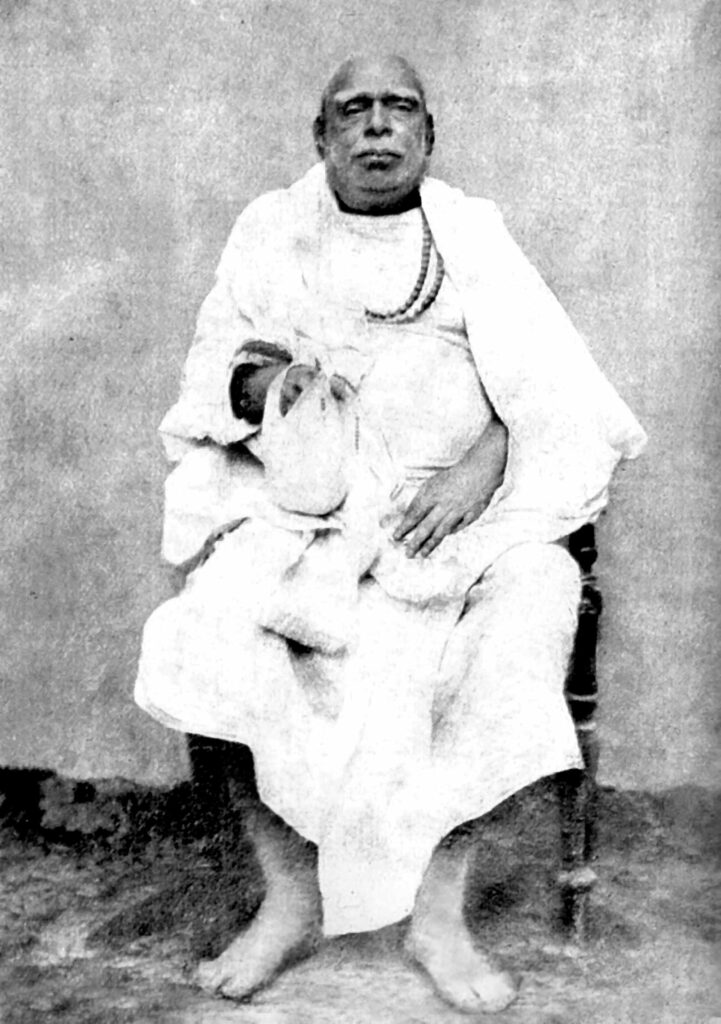
When will I make obeisances to the people of that holy place and obtain a bit of their mercy? When will I smear my body with the dust of the feet of the Vaisnavas and wear the dress of the paramahamsas? When will I see the inhabitants of Navadwipa as non-different from the inhabitants of Vrindavan and when will I become a Vrajabhasi too? At that time I will see the true form of the transcendental realm opening before my eyes and I will become a maidservant of Radha.

As soon as I stop identifying myself with the material body I’ll be able to see the beautiful Vrajapura (Vrinavan), which is eternal spiritual bliss in nature. I will be born in Vrsabhanupura and married at Jabata. My own true nature will be that of the Vraja gopies and it will always remain as such. My own perfect body, name, form and dress will be spiritual. On the strength of Radha’s mercy, my love for Krishna will begin. While going to collect water I will see the mellow (sweet flavoured) pastimes of the divine couple, Radha-Krishna. Being absorbed in love, I will nearly become a mad woman singing Radha’s glories.
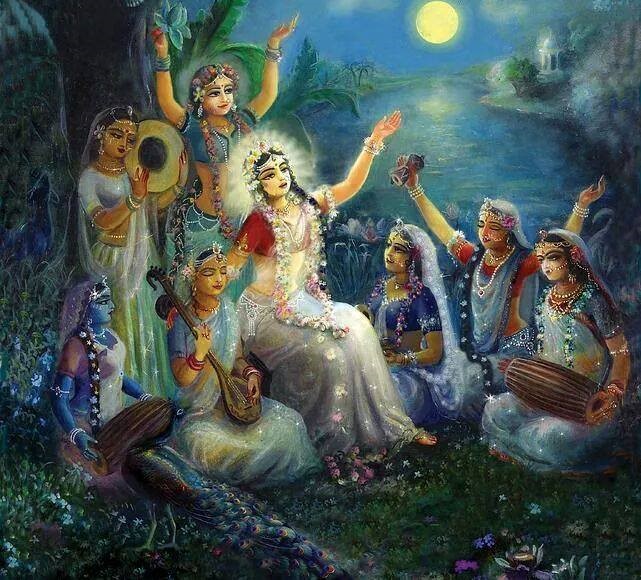
The banks of Radha-kunda are constituted of transcendental gems, and there are hundreds of bowers with sprouts, young shoots, and varieties of trees and creepers laden with fruits of liberation. In the lovely Suananda Sukhada Kunja, there is a beautiful cottage. I will live there in that place chanting Krishna’s name, craving His service, when Murali’s (Krishna’s flute) song enters into the ear of this maidservant. Filled with extreme bliss, I’ll forget everything except Krishna’s flute song. Singing, “Radha, Radhe!” Murali will call out my most beloved Radha’s name. Hearing it a thrill will rise in this maidservant. How will I maintain my life?

Having a body the colour of lightning, and wearing star coloured clothing, Kamala Manjari is my name. Always twelve-and-a-half years old, Suananda Sukhada is my residence. Offering camphor is my service. I belong to Lalita’s group in Radha’s party. Radha’s Lord, Nandanandana (the son of Nanda), is my life’s treasure. My desire is to serve the Divine Couple, along with Sri Rupa Manjari and the others. I believe that uncontrollable joint service to be the highest perfection. When will such perfection be available to this maidservant, that I can live at Radha-kunda eternally serving Radha-Krishna, giving up all previous memories.
[Srila Bhaktivinoda Thakur]
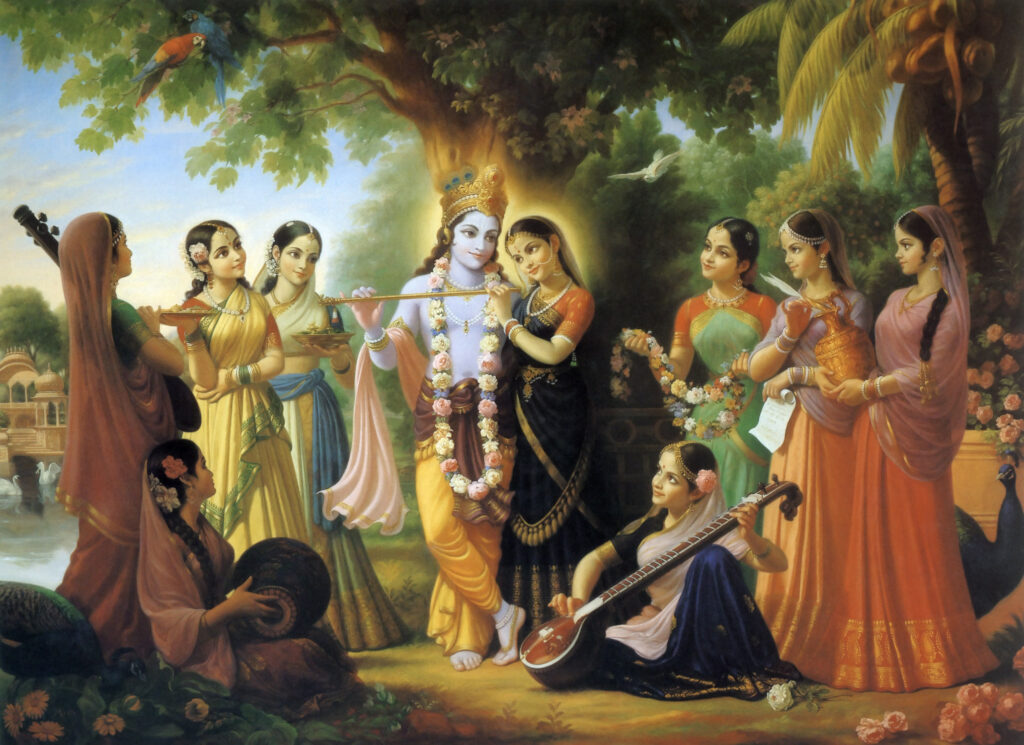
So to be self-realized, to actually know who we are and who God is, we must learn from and be introduced by a bona fide spiritual master coming in disciplic succession, one who is himself truly self-realized:
In the transcendental realm of Vraja (Vraja-dhama) one should serve the Supreme Lord, Sri Krishna, with a feeling similar to that of His associates, and one should place himself under the direct guidance of a particular associate of Krishna and should follow in his footsteps. This method is applicable both in the stage of sadhana (spiritual practices executed while in the stage of bondage) and in the stage of sadhya (God realisation), when one is a siddha-purusa, a spiritually perfect soul.
[Bhakti Rasamrta Sindhu 1:2:295. Quoted in “Nectar of Instruction” purport to text 8]
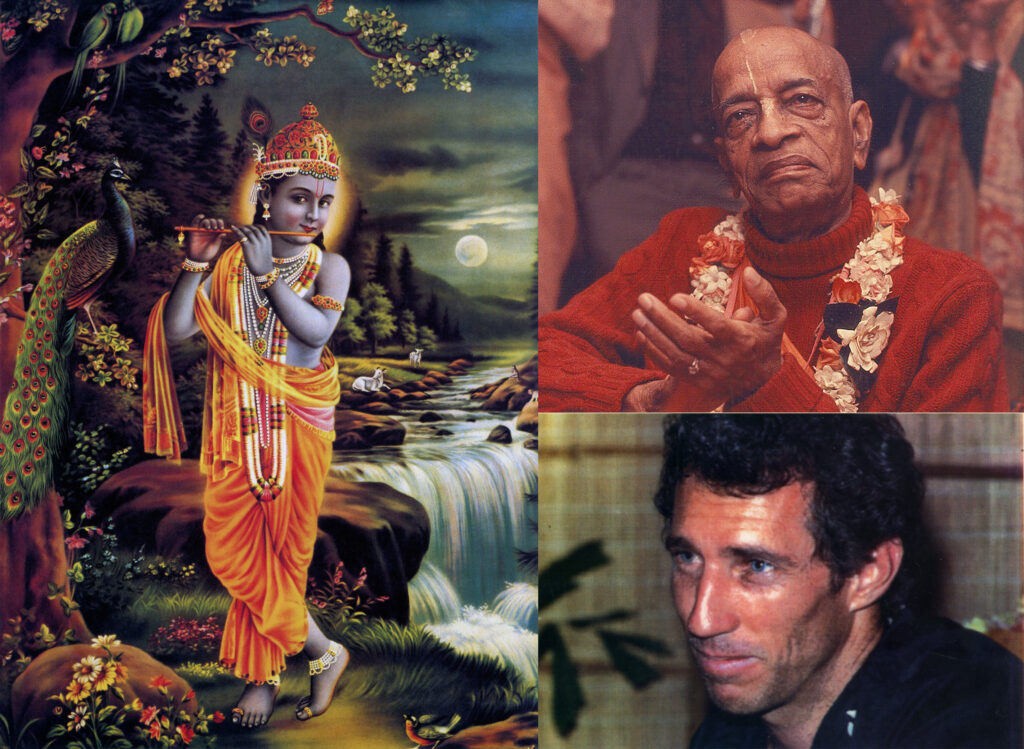

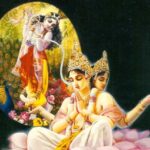
Leave A Reply